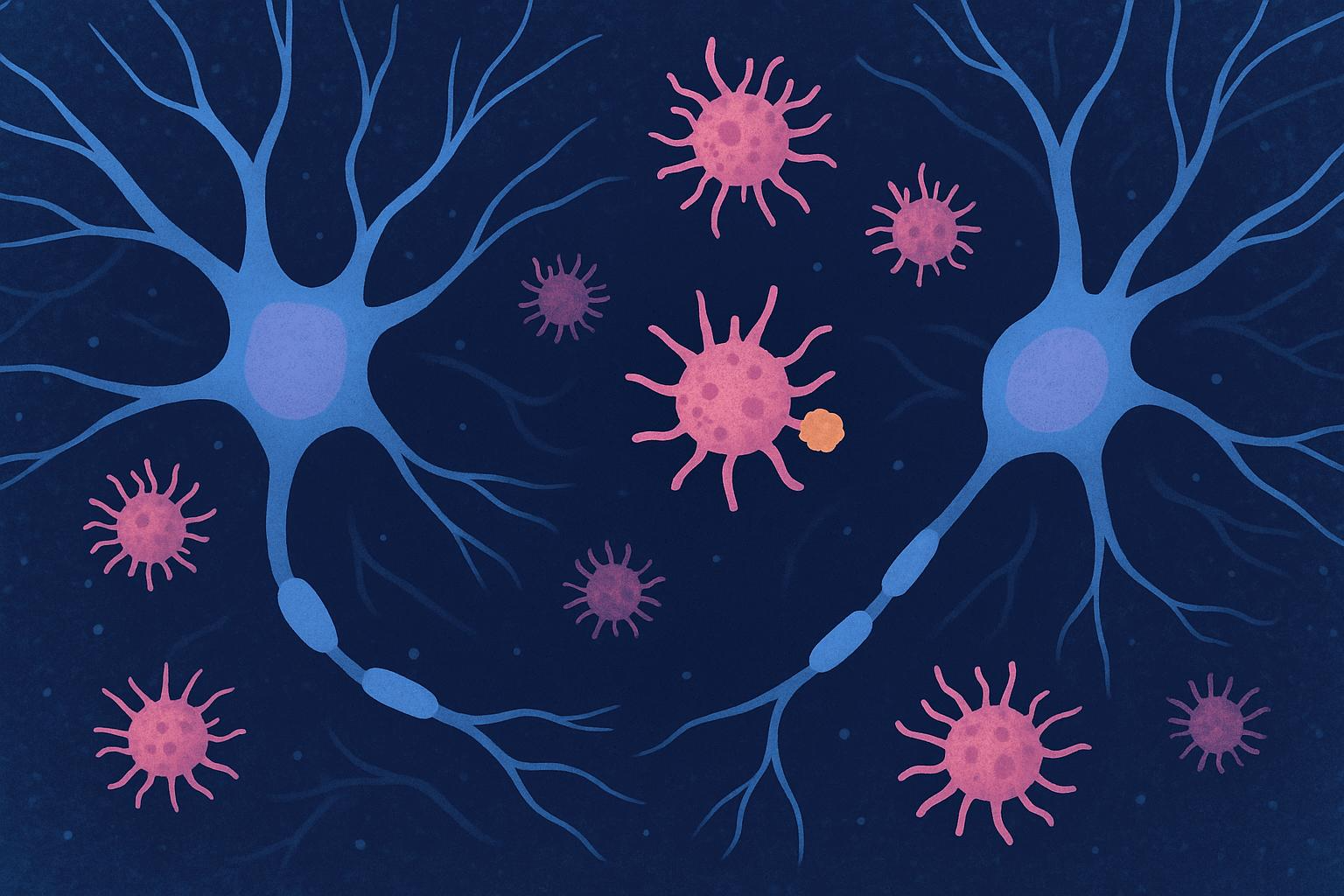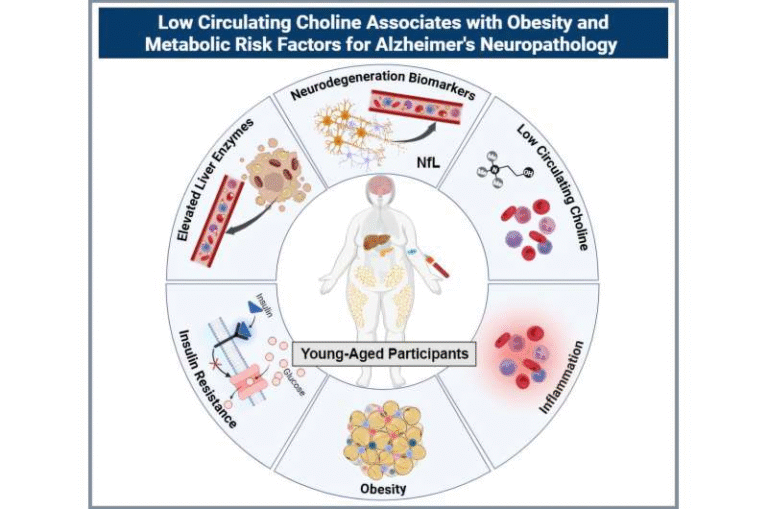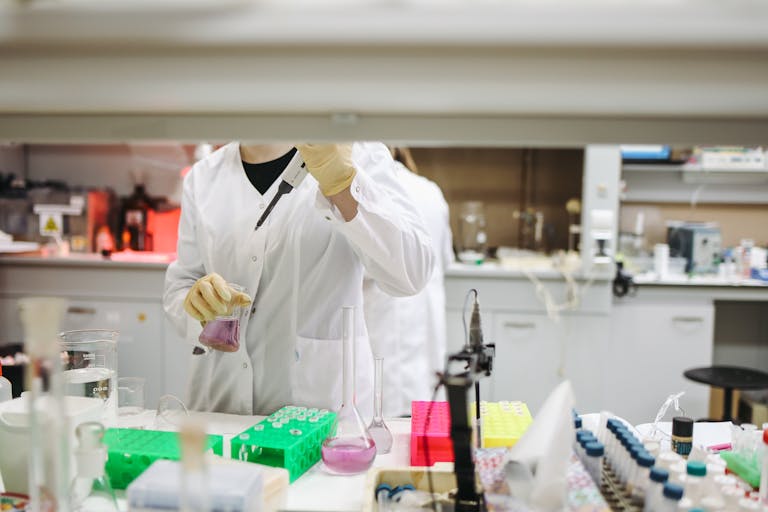Scientists Reprogram Immune Cells with Electricity to Accelerate Healing

Researchers from Trinity College Dublin have unveiled a fascinating discovery: applying electrical stimulation to certain immune cells, known as macrophages, can reprogram them into a state that reduces inflammation and boosts tissue repair. This finding could open new doors in how we treat injuries, chronic inflammation, and a wide range of diseases. The work, published in Cell Reports Physical Science, gives us one of the clearest looks yet into how electricity can guide the body’s natural repair system.
What Exactly Did the Study Show?
The Trinity team wanted to know how macrophages, which are among the most important players in the immune system, respond when exposed to carefully controlled electrical signals. These cells were obtained from healthy human blood donors, thanks to the Irish Blood Transfusion Board at St James’s Hospital.
The researchers placed the macrophages inside a custom-designed bioreactor, where they could apply different levels of electrical current and watch closely how the cells responded. Their analysis looked at several things:
- Inflammatory signaling molecules (the messengers cells use to trigger immune responses).
- Gene expression, especially genes linked to tissue growth and repair.
- Angiogenesis-related activity, or the ability to promote new blood vessel formation.
- Recruitment of stem cells, a critical step in wound healing.
The results were striking. Macrophages that received electrical stimulation shifted away from their typical inflammatory behavior and adopted a pro-regenerative state.
The Key Findings
- Lower Inflammation
The stimulated macrophages showed a drop in pro-inflammatory markers, suggesting they were no longer driving aggressive immune responses. - Pro-Healing Behavior
These cells turned into what scientists sometimes call a repair-oriented phenotype, essentially becoming more focused on healing rather than fighting. - Boost in Repair Genes
Electrical stimulation led to increased activity in genes that promote angiogenesis, the growth of new blood vessels, which is critical when tissues need to regenerate after damage. - Better Stem Cell Recruitment
One of the most important discoveries was that these macrophages encouraged mesenchymal stem cells (MSCs) to move into wound sites. In lab tests, the stimulated cells supported stem cell migration in a wound scratch model, directly linking electrical stimulation to enhanced repair capacity. - Support for Endothelial Cells
The research also showed that stimulated macrophages improved tube formation in human umbilical vein endothelial cells (HUVECs). This is a standard lab test for studying angiogenesis, and it confirmed that the immune cells were actively creating an environment where healing could happen faster.
Why This Is Important
Macrophages are sometimes called the “double-edged sword” of the immune system. On one hand, they are essential for fighting infections, clearing dead or damaged cells, and coordinating with other immune cells. On the other hand, when they remain locked in an inflammatory state, they can make things worse. Conditions like chronic wounds, arthritis, and cardiovascular disease are often fueled by overactive or uncontrolled inflammation.
By learning how to reprogram macrophages, scientists hope to:
- Reduce harmful inflammation without shutting down the immune system entirely.
- Speed up wound healing in patients with injuries or surgical recovery.
- Improve outcomes in chronic inflammatory conditions where the immune system contributes to tissue damage.
This discovery doesn’t mean we’ll have an instant cure, but it provides a new therapeutic direction. Unlike drugs that alter immune responses through chemicals, electricity offers a non-drug, tunable, and relatively safe method.
The Tools Behind the Discovery
The custom bioreactor system used in this study was central to the research. It allowed scientists to expose human immune cells to precisely controlled electrical fields. By doing so, they could observe the subtle shifts in cell activity in real time.
This method builds on existing uses of electricity in medicine. For example, electrical stimulation devices are already employed in wound care and in supporting bone healing. However, this is the first time such a strong connection has been drawn between human macrophages and electrical reprogramming in a lab-controlled setting.
The Future of Immune System Reprogramming
The research team emphasized that more work is needed. This study was performed in vitro (outside the body, in lab conditions). The next steps will include:
- Testing more advanced stimulation regimes to refine how long and how strongly cells need to be exposed.
- Developing materials and devices that can deliver these electrical fields inside the body in a controlled and safe way.
- Investigating how this technique might work in complex disease environments where multiple immune cells and tissues interact.
Still, the results suggest that electrical stimulation could become a widely applicable therapy. Since the approach uses human cells rather than animal models, the chances of successful translation to patient care are much higher than usual at this early stage.
A Quick Primer: What Are Macrophages?
To understand why this is such a big deal, it helps to know a little more about macrophages themselves.
- Macrophages are a type of white blood cell. They are part of the innate immune system, which is the body’s first line of defense.
- Their name comes from Greek, meaning “big eaters”, because they literally engulf and digest pathogens, dead cells, and debris.
- They can switch between different functional states depending on what’s happening in the body.
- Pro-inflammatory macrophages (sometimes called M1) help fight infections but can also worsen inflammation if not regulated.
- Pro-repair macrophages (often referred to as M2) help rebuild tissue, promote new blood vessel growth, and calm inflammation.
The challenge has always been figuring out how to guide macrophages to adopt the right role at the right time. That’s where this study comes in: it shows that electricity can serve as the switch.
Electrical Stimulation in Medicine
Electrical stimulation is not new in healthcare. Here are a few established uses:
- Transcutaneous electrical nerve stimulation (TENS) units are used for pain relief.
- Electrical bone growth stimulators help bones heal after fractures.
- Deep brain stimulation (DBS) is used in conditions like Parkinson’s disease to regulate brain activity.
- Cardiac pacemakers and defibrillators keep heart rhythms stable.
The idea of extending these applications to immune system control is part of a growing field sometimes called bioelectronic medicine. It combines engineering, biology, and medicine to develop therapies that use energy rather than chemicals.
The Broader Implications
If successful in further trials, electrical immune modulation could be useful in:
- Chronic wounds (such as diabetic ulcers).
- Autoimmune diseases where the immune system mistakenly attacks the body.
- Organ transplants, where controlling inflammation is key to avoiding rejection.
- Tissue engineering and regenerative medicine, where building new tissues requires a delicate balance of immune activity and repair.
Because electrical stimulation is relatively safe, inexpensive, and customizable, it could eventually become a widespread therapy, complementing or even replacing some drug-based approaches.
Limitations and Challenges
Despite the excitement, several challenges remain:
- The research so far is limited to lab-based human cell studies. No animal or clinical trials have yet been completed.
- Delivering controlled electrical fields inside the human body will require sophisticated medical devices.
- The exact mechanisms by which electricity reprograms macrophages are not fully understood. Scientists still need to map the pathways involved.
- Different tissues and diseases may require different electrical settings, so one-size-fits-all solutions are unlikely.
Still, the promise is undeniable. This is one of those studies that sets the stage for an entirely new branch of therapy.
Final Thoughts
This research from Trinity College Dublin demonstrates that electrical stimulation can directly reprogram human immune cells to favor healing over inflammation. While it’s early days, the idea that electricity could be harnessed to fine-tune our immune system is both bold and exciting. If future studies succeed, we may see a whole new category of treatments that help the body heal itself more effectively, without relying solely on drugs.





